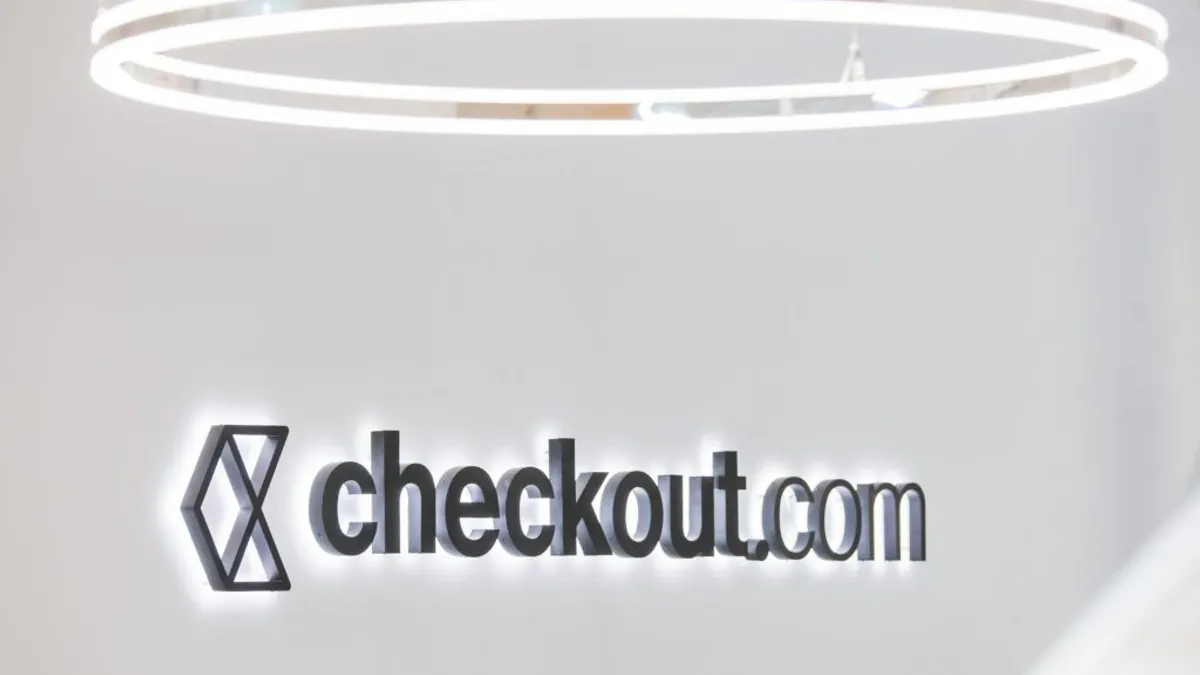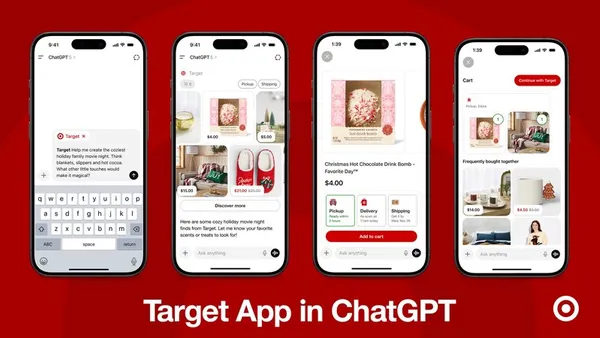When thinking about the complex B2B sale, it’s understood that the buying cycle can be quite long. And because the products and services involved in the process potentially involve contracts worth millions of dollars, its long been almost taken for granted that B2B purchasing is a face-to-face activity, sealed with a handshake after inking the deal.
The reality is that quite a lot of B2B purchasing and procurement activity has moved online, and two trends in particular point toward a more e-commerce-centric B2B buying future: millennials and mobile.
The recently released Accenture Interactive report, “Channel Shift: Measuring B2B Efforts to Shift Customer Online,” uncovered a number of interesting data points underscoring this pivot:
- 59% of B2B organizations see one-third of their customers transacting online
- 86% of B2B organizations say customers can make purchases via their website; only 14% offer no online purchasing options
- Email marketing is the most prevalent tactic B2B organizations rely on to promote online sales, used by 92% of respondents
- 64% of B2B organizations claim that their long-term customers’ resistance to change is a barrier to driving more online sales
Substantially more than half of surveyed marketers are seeing online transactions, and almost 90% offer the ability for customers to make purchases online. Still, 50% reported online sales made up 10% or less of revenue and another 27% reported online sales account for 11% to 35% of revenue.
Clearly there’s a long way to go with B2B e-commerce. But, not surprisingly, the Accenture report also found that the longer a company had been dedicated to e-commerce strategies, the more successful those efforts were. In fact, 55% of B2B companies with more than five years of e-commerce experience reported that more than half of their customers complete transactions online.
Bob Barr, managing director at Accenture Interactive, said, “As the ease and convenience of the B2C e-commerce experience wins over B2B buyers, the adoption of seamless online B2B buying is steadily reaching a tipping point. Investing in strong B2B [e-commerce] experiences is paying off – the study found that the maturity of B2B e-commerce platforms correlates directly with having substantially higher sales.”
Pointing toward a B2B e-commerce future
The Accenture report found “in-person sales representative” is still the top purchasing channel available to B2B buyers at 90%, but “online through a website” was a close second at 86%. Further, a Think with Google report from this spring, “The Changing Face of B2B Marketing,” offered a few reasons why B2B e-commerce is only going to continue to grow.
The first reason is a shift in B2B buyer demographics. As recently as 2012, B2B buyers were fairly evenly matched across age groups with 35-44 slightly on top at 29%. Fast forward to 2014 to where the 18 to 34 age group – millennials – found themselves far and away in the lead at 46%.
Millennials
What does this mean in terms of shifting B2B buying habits?
Millennials are also known as “digital natives” as the first generation to grow up fully online. The ability to buy anything online is simply taken for granted by this group and it’s no stretch to see millennials not bringing any qualms or built-in prejudices to B2B e-commerce.
Mobile
A second trend that can only lead to increased B2B e-commerce is the absolute explosion of mobile browsing, email and other online activities. For the Google report, it partnered with Millward Brown Digital surveying 3,000 researchers, and found 42% used a mobile device during the B2B purchase at the time of the 2014 study. That figure represented a 91% increase in mobile use over two years and throughout the entire buying cycle, and not just in the initial research states of a B2B purchase.
"B2B researchers are not just using mobile when they are out and about, but rather wherever they are. In fact, 49% of B2B researchers who use their mobile devices for product research do so while at work. They're comparing prices, reading about products, comparing feature sets, and contacting retailers. They're purchasing, too; purchase rates on mobile are up 22% in the past two years," the Google report noted. "Considering the amount of time they're spending on their smartphones, it's important that you provide them with rich mobile experiences."
And keep in mind, this is data from 2014 and mobile use overall is still rapidly trending upward.
What's needed: Change from within
Given both the challenges and reality around B2B e-commerce, where should a B2B company start to help move more of its customers to buy online?
Accenture Interactive’s Barr has advice, “The findings show that one major resistance factor to e-commerce sales comes from within the organization itself. For a B2B organization to get their customers to start buying online, business leaders must first drive employee evangelism by pushing their own sales teams to implement change instead of staying set in their original ways of doing business, mainly offline.”













